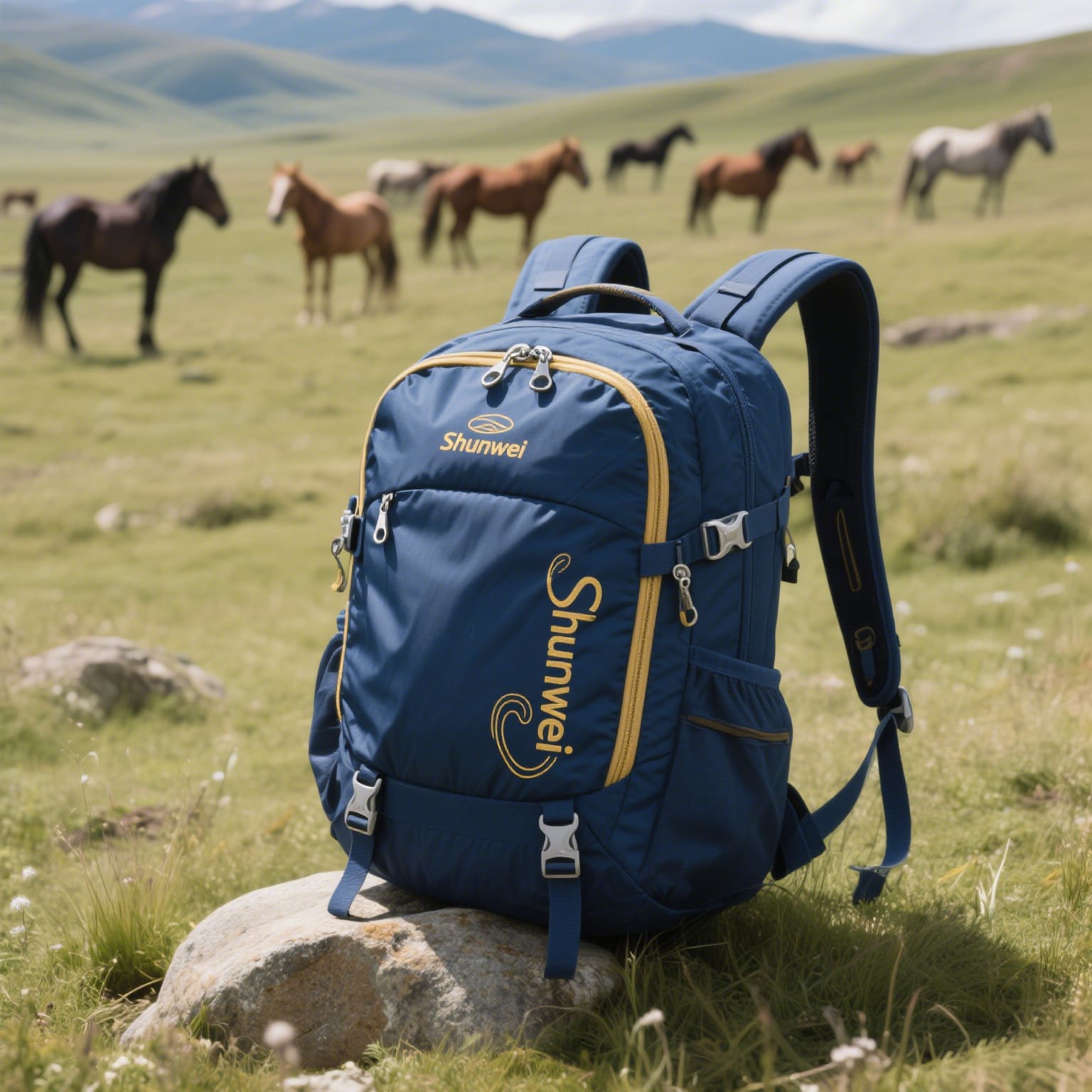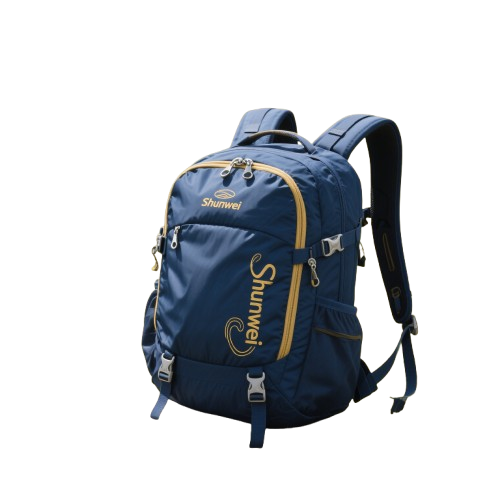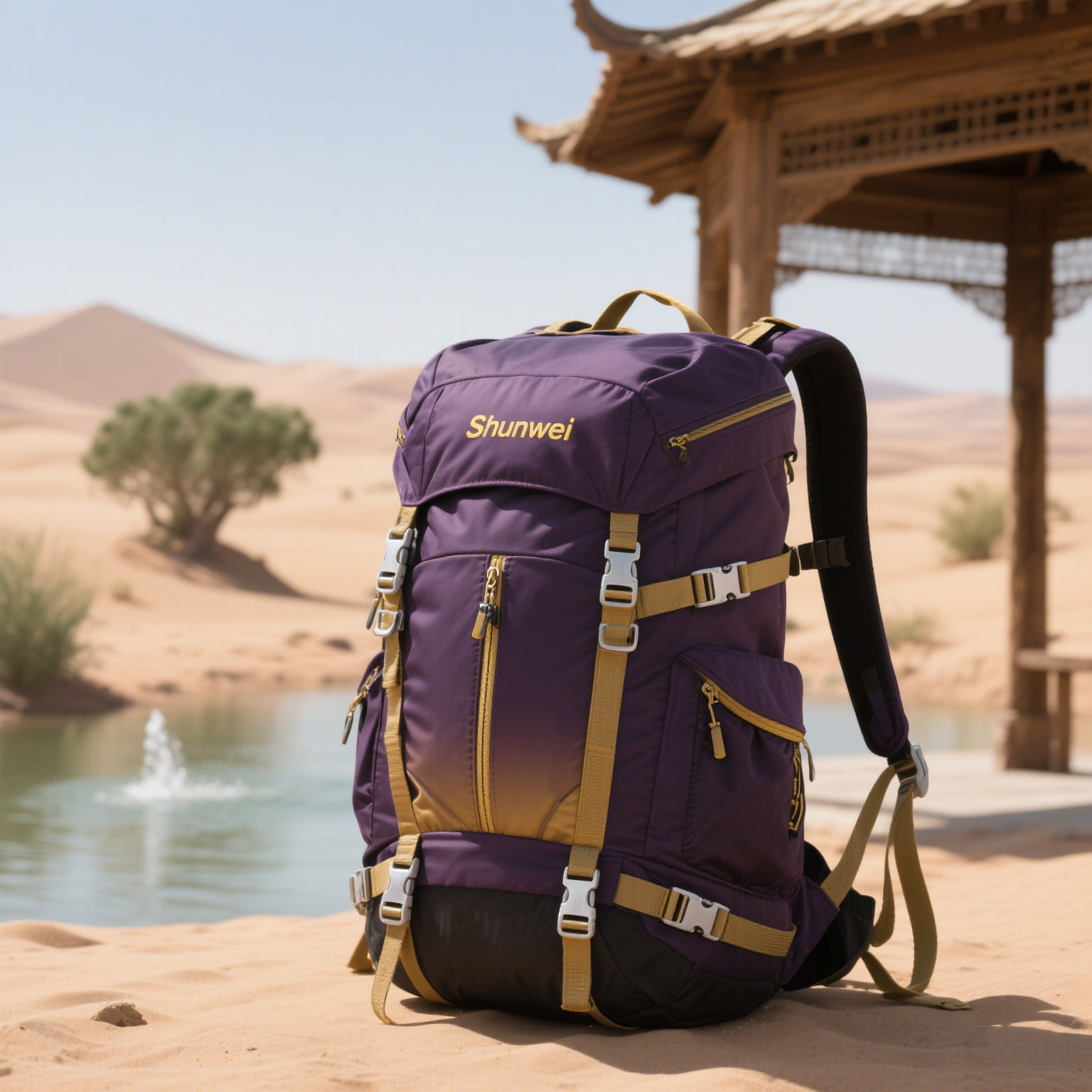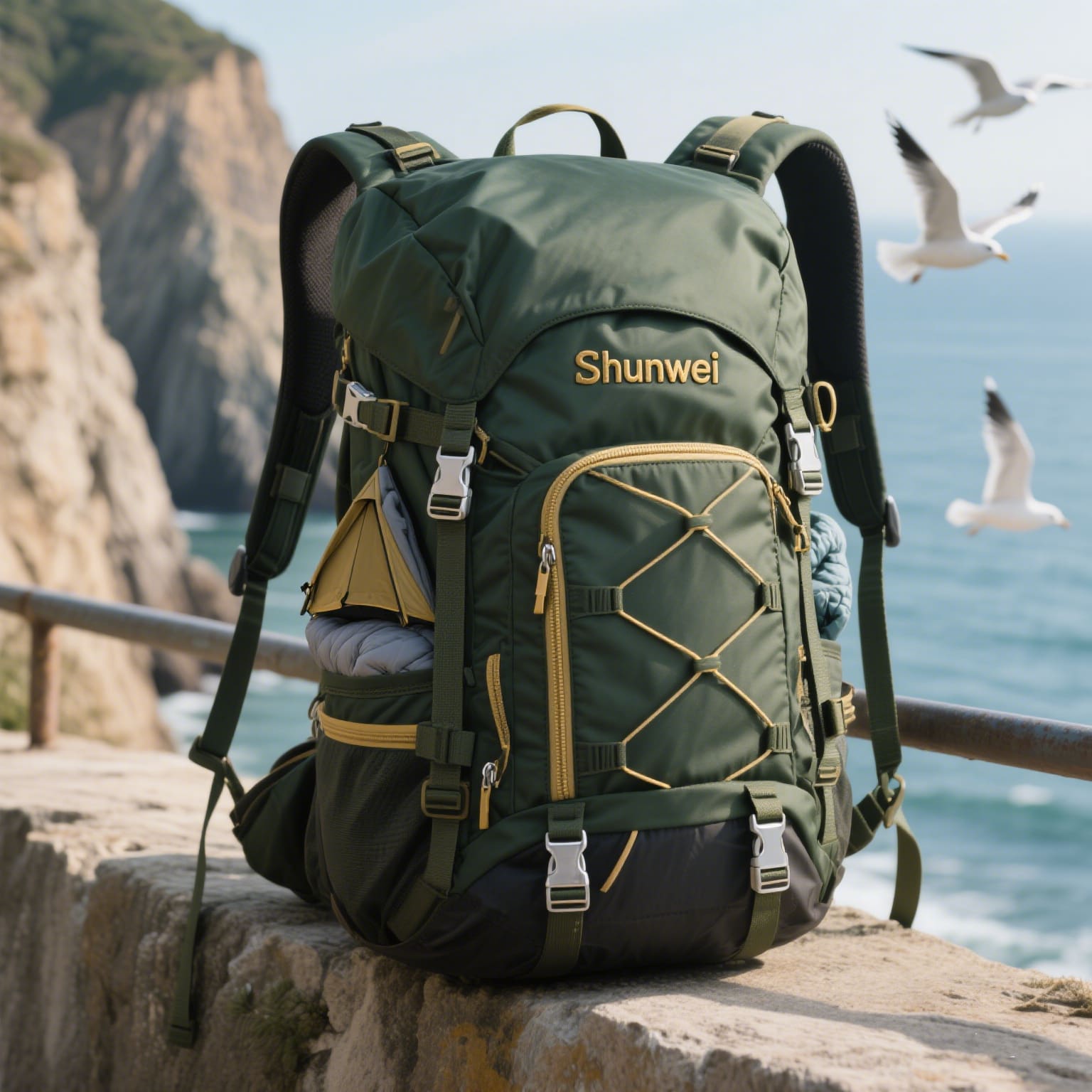A small short – distance hiking bag is an essential piece of gear for outdoor enthusiasts who enjoy day – long or short – distance hikes. This type of bag is designed to meet the specific needs of hikers, providing convenience, comfort, and functionality without the bulk of larger backpacks.
The small size of this hiking bag is its most distinctive feature. It is typically designed to carry only the essentials, making it lightweight and easy to maneuver. This compactness is ideal for hikers who prefer to travel light and quickly through trails.
Despite its small size, these bags usually have a capacity ranging from 10 to 20 liters. This is enough to hold items such as a water bottle, some snacks, a light jacket, a small first – aid kit, and personal belongings like a wallet, phone, and keys. The design focuses on maximizing the use of limited space.
The bag often has a streamlined design to reduce snagging on branches or other obstacles on the trail. It is usually narrower and shorter compared to larger hiking backpacks, allowing for better movement through dense vegetation or narrow paths.
Inside, there are usually multiple compartments for organization. There is a main compartment for larger items like a packed lunch or an extra layer of clothing. Additionally, there are smaller interior pockets for keeping smaller items such as a first – aid kit, toiletries, and electronics organized. Exterior pockets provide quick – access storage for frequently – needed items like maps, compasses, or snacks.
These bags are constructed from durable materials to withstand the rigors of hiking. Commonly used fabrics include rip – stop nylon or polyester, which are known for their strength and resistance to abrasions, tears, and punctures. These materials can handle the rough conditions of the outdoors.
Most small short – distance hiking bags come with water – resistant features. The fabric may be treated with a durable water – repellent (DWR) coating, or the bag may have a built – in rain cover. This ensures that the gear inside remains dry during light rain or accidental splashes.
To enhance durability, the bag features reinforced stitching at critical points, such as seams, straps, and attachment points. Heavy – duty zippers are used to prevent them from breaking or getting stuck, ensuring smooth operation even with frequent use.
The shoulder straps are usually padded with high – density foam to relieve pressure on the shoulders. This padding helps in making the bag comfortable to carry, even for extended periods.
Some models feature a ventilated back panel, typically made of mesh material. This allows air to circulate between the bag and the hiker’s back, preventing sweat buildup and keeping the hiker cool and comfortable during the hike.
Compression straps are a common feature, allowing hikers to cinch down the load and reduce the bag’s volume when it’s not fully packed. This helps in stabilizing the contents and preventing shifting during movement.
The bag may come with various attachment points for carrying additional gear. These can include loops for trekking poles, ice axes, or carabiners for hanging smaller items.
For safety, some small hiking bags incorporate reflective elements, such as strips on the straps or the body of the bag. These increase visibility in low – light conditions, such as early – morning or late – afternoon hikes, ensuring that the hiker can be seen by others.
In conclusion, a small short – distance hiking bag is a well – designed and practical piece of equipment. It combines the right size, durable materials, multiple functions, comfort features, and safety elements to enhance the hiking experience, making it an ideal choice for hikers who prefer shorter, lighter – weight treks.









